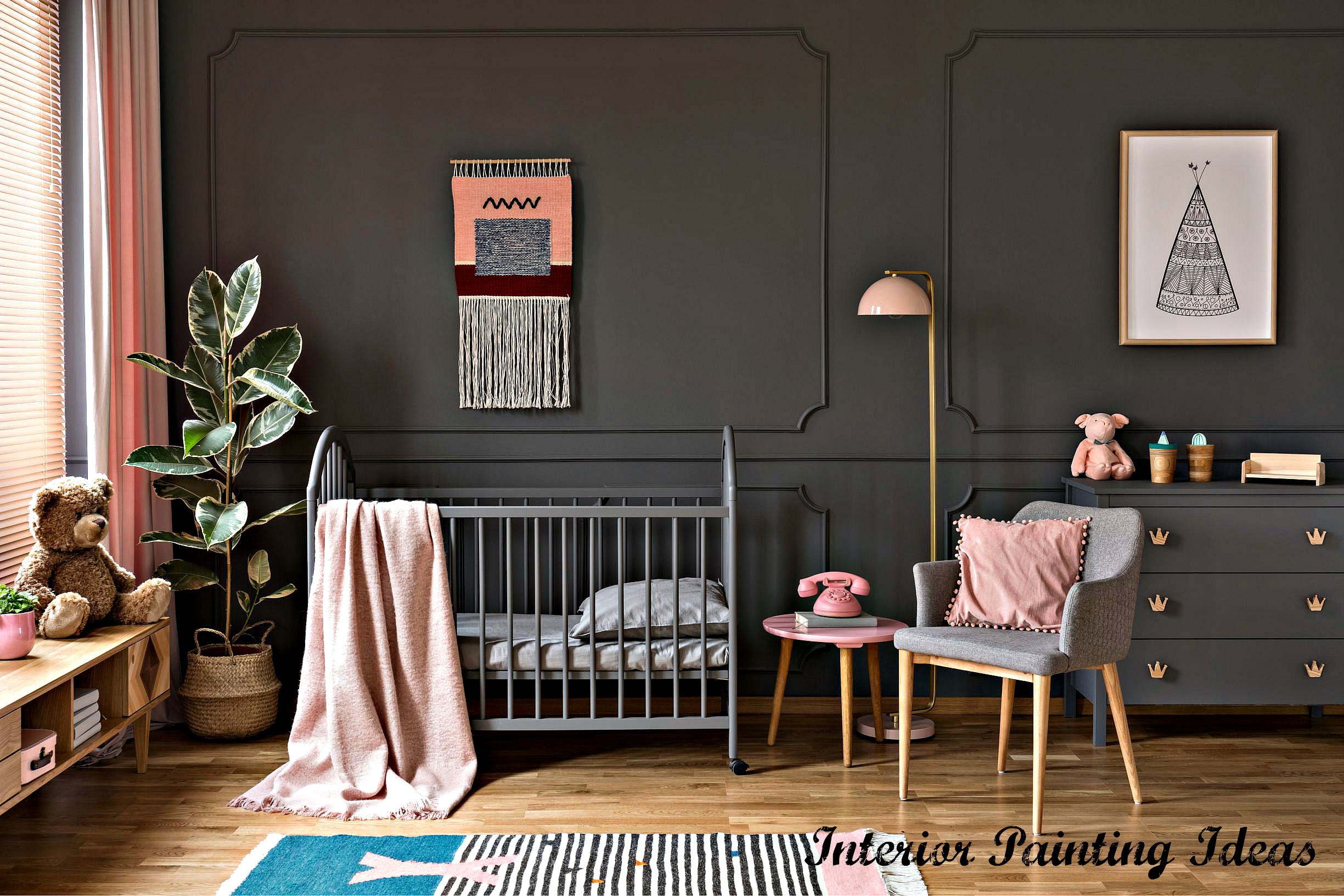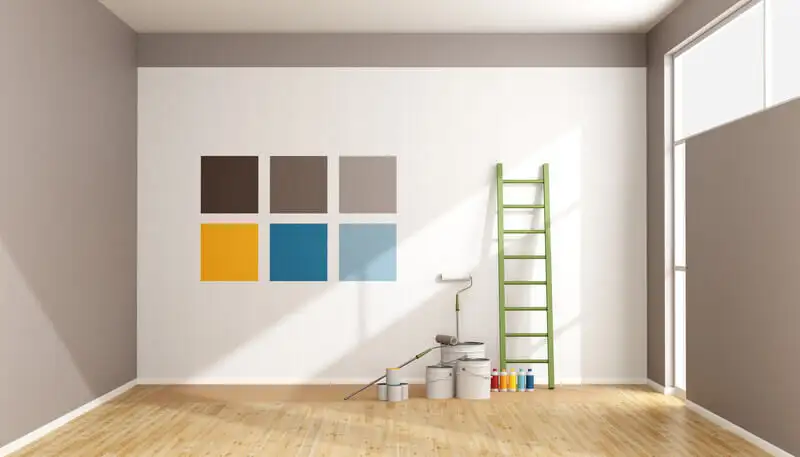Color Consultation in Lakewood: Expert Advice for Perfectly Coordinated Interiors
Color Consultation in Lakewood: Expert Advice for Perfectly Coordinated Interiors
Blog Article
Enhance Your Interior Design With Comprehensive Shade Appointment
The combination of shade assessment into interior design offers a special opportunity to improve and elevate the psychological and aesthetic vibration of an area. By engaging with an experienced color professional, you can browse the intricacies of shade selection, making sure that your choices not just complement architectural functions but additionally reverberate with individual style and psychological influence. This tactical collaboration can considerably influence the total ambience of your setting, cultivating a sense of consistency and function. Nevertheless, understanding the nuances of this process is important-- what key elements should be thought about to accomplish optimal outcomes?
Advantages of Shade Assessment

Furthermore, shade appointment help in making best use of all-natural light and optimizing spatial understanding. Lighter tones can make a space appear even more large, while darker shades develop an intimate setup. Cleveland Metro Painting Specialists. This tactical application of color can dramatically affect the overall ambiance of any type of interior area
Furthermore, specialist experts have a comprehensive understanding of current trends and timeless classics, making certain that the picked shades will certainly stay attractive gradually. This insight can conserve clients from expensive redesigns in the future. Shade appointment equips clients by providing them with a clear vision and instructions, cultivating confidence in their design selections and inevitably leading to a much more effective and rewarding indoor style outcome.
Recognizing Shade Psychology
The importance of shade psychology in indoor design can not be overemphasized, as it digs into the psychological and psychological effects that different shades can stimulate in individuals. Shades can influence state of mind, habits, and even efficiency, making them a vital consideration in any kind of design task.
For instance, cozy shades such as red, orange, and yellow are commonly related to power and warmth. They can promote sensations of excitement and comfort, making them ideal for social areas like living kitchen areas or spaces. On the other hand, amazing shades like blue, eco-friendly, and purple often tend to evoke peace and tranquility, making them suitable for bedrooms or meditation locations.
Additionally, using neutral tones can develop a balanced atmosphere by permitting the bolder colors to stick out without frustrating the senses. Understanding these mental influences enables designers to produce rooms that not just look aesthetically pleasing however additionally advertise emotional well-being.
Integrating shade psychology right into indoor layout involves a thoughtful selection of colors customized to the desired feature of each space, ultimately enhancing the general experience for its passengers. This recognition is crucial for achieving a harmonious and functional interior atmosphere.
The Shade Wheel Clarified
It consists of primary colors-- red, blue, and yellow-- that can not be developed by blending other shades. Tertiary shades result from mixing a key and a secondary shade, leading to hues such as red-orange and blue.
The shade wheel assists designers grasp the partnerships in between colors, consisting of complementary, analogous, and triadic systems. Complementary colors, located opposite each various other on the wheel, produce vibrant contrasts that can invigorate an area. Analogous shades, located next off to each other, provide a unified and cohesive appearance. Triadic plans make use of three evenly spaced shades, offering equilibrium and visual rate of interest.
Utilizing the color wheel in indoor design not just boosts aesthetic charm but likewise stimulates specific emotions and ambiences, making it an important referral for color examination. Understanding these connections inevitably encourages designers to produce rooms that are both aesthetically exciting and functional.
Choosing the Right Combination
Often, choosing the ideal scheme is a decisive element in accomplishing an effective interior decoration project. A well-chosen color plan can merge a space, improve its functions, and stimulate wanted feelings. To start, consider the purpose of the room. Different spaces serve different features and call for schemes that mirror their desired usage; as an example, relaxing shades such as soft blues or greens work well in bed rooms, advertising relaxation.
Light can substantially change exactly how colors show up, so it is necessary to evaluate the room at various times of the day. A harmonious scheme must complement these attributes, producing Get More Info a cohesive appearance throughout the space.
When picking colors, make use of the 60-30-10 guideline, which suggests that 60% of the area should be a leading color, 30% a second color, and 10% an accent shade. This ratio makes certain balance and aesthetic interest (Cleveland Metro Painting Specialists). Ultimately, sample shades on the walls prior to committing, as this enables you to see just how the shades connect with one another and the total atmosphere they develop in your interior decoration task.
Collaborating With a Shade Specialist

When collaborating with a color specialist, the process usually begins with a preliminary examination. Throughout this conference, you'll top article discuss your vision, preferences, and the existing aspects in your space. The specialist will evaluate your needs and may recommend specific shade schemes that straighten with your objectives.
After establishing a direction, the specialist will give examples and aesthetic aids to help you envision the recommended shade plans. This step is essential, as colors can show up in different ways under differing illumination conditions.
In addition, a shade specialist can guide you in picking corresponding furnishings, artwork, and devices to balance with your chosen scheme. By visit our website working together carefully, you can achieve a polished aesthetic that elevates your insides and creates a welcoming environment. Ultimately, the expertise of a shade specialist can significantly boost the overall impact of your layout job.
Conclusion
In recap, extensive shade assessment acts as a crucial tool for improving interior decoration. By leveraging expert understanding of color psychology and spatial characteristics, a tailored color scheme can be established to stimulate particular feelings and create an unified setting. This critical strategy not only cultivates a cohesive style story but likewise reduces the risk of expensive redesigns. Inevitably, involving with a color professional makes sure an educated and cosmetically pleasing end result, boosting the total experience of the space.
By involving with a skilled shade professional, you can browse the complexities of color selection, guaranteeing that your selections not just enhance building attributes however also reverberate with individual design and emotional impact. It consists of main shades-- red, blue, and yellow-- that can not be produced by blending other colors.The color wheel helps designers understand the partnerships between shades, consisting of complementary, comparable, and triadic schemes.When selecting shades, use the 60-30-10 rule, which suggests that 60% of the room must be a leading shade, 30% a secondary shade, and 10% an accent shade. By leveraging professional understanding of color psychology and spatial dynamics, a tailored color combination can be created to stimulate specific emotions and develop an unified atmosphere.
Report this page